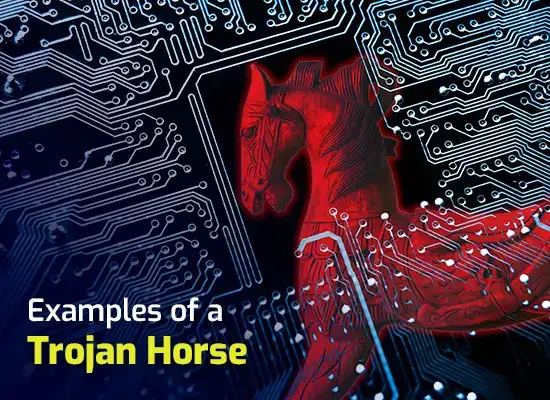ZERO TRUST PLATFORM
Updated on October 21, 2022, by Xcitium
What is zero trust? It is an information security concept that basically says to not trust any user or device until after they undergo verification first. Once verified, they can now have access to the network’s resources. A zero trust platform adds a strong layer of network security.

Migrating to a zero trust network is necessary because it strengthens the security of your network. A zero trust security framework protects you from threats from all sides. Traditional network security only protects you from the outside.
Internal threats have become rampant lately. Remember the story of the city of Troy,where their enemies hid inside a wooden horse? That’s what an internal threat looks like. A zero trust platform helps an organization achieve its security needs.
A zero trust architecture’s primary center is on authentication or confirmation. There are numerous ways to confirm one’s character on the arrange. The conventional way is by utilizing usernames and passwords. A zero trust platform does not depend on this single form of confirmation, in any case.
Learn more about zero trust security model in the next sections of this article. You will also learn about the different types of authentication, as well as the principles behind a zero trust platform.
ZERO TRUST PLATFORM AND AUTHENTICATION TYPES
Providing security against unknown threats is a challenging task. One must consider all attack vectors from all possible angles. A zero trust platform enhances network security through various authentication types.
Here are the different authentication methods in use today:
| Authentication Method | Description |
|---|---|
|
This is the traditional way of verifying one’s identity on the network. A user must enter their username and password to gain access to the network.
A zero trust platform recommends a combination of two or more authentication types. |
|
A token is part of the authentication process. A token can either be hardware generated or software generated.
A token is a unique code, and only the owner has access to it. A token is often paired with another authentication type. |
|
This is one of the best types of authentication. People have their own unique physical features. Using these for information security is ideal.
An attacker cannot access your account info without your biometric data. Most companies using a zero trust platform are using this authentication type already. |
|
This checks your current location when accessing the network’s resources. If it is the same as the usual place, then you gain access.
This is possible through IP (Internet Protocol) addresses. |
|
very device has a unique hexadecimal address. This is now part of the authentication process.
If a device is not on the list of allowable devices, then it will not gain access. This is a strong zero trust platform authentication method. Another term for this is MAC filtering. Even if an attacker is successful in logging into your network, they can’t access resources. Their device must be on the list first. |
|
This is common on touchscreen devices like smartphones and tablets. Performing gestures like drawing a pattern is a type of authentication as well. |
|
A transaction using a computer will send a notification to a phone. A bank will send you an SMS message or email informing you that someone had a withdrawal transaction.
This is a very strong authentication method for a zero trust platform. Notifications can be set up to track your online activities. |
|
This involves the use of two or more authentication methods. Let’s take Facebook as an example. You can request a verification code after entering your username and password.
You get this code via SMS or email. An attacker cannot access your account without entering this verification code, which also expires after a certain period of time. MFA is one of the key principles behind a zero trust platform. |
The Principles Behind a Zero Trust Platform
Network security is vital to an organization. Applying the principles of a zero trust platform is essential. Here are the key principles:
| Principle | Description |
|---|---|
| 1. Assuming a hostile network | You never know where an attack will come from. So, to never trust anything and always verify is the basic principle of a zero trust platform. |
| 2. Least-privilege access. | Restricting user and device access is important. A security breach will happen if there are no restrictions in place.
A user who is able to browse any site can introduce malware into the network. That is one reason restrictions are necessary in a zero trust platform. |
| 3. MFA. | Using a single form of authentication is not enough. MFA involves adding another form of identity verification.
You can pair up a traditional login method with biometrics. This is one good principle of a zero trust platform. |
| 4. Microsegmentation. | Segmenting or breaking up the network into smaller zones is the key concept here. Each zone has its own security. It is like putting soldiers on guard in every corner of your house. That’s how strong this security concept is. |
Conclusion
You now know what a zero trust platform is, learned the different types of authentication, and are now aware of the principles behind a zero trust platform. For more information on this topic, please click here.





